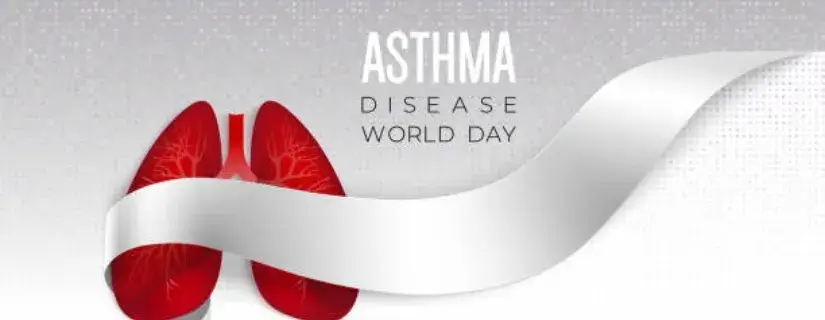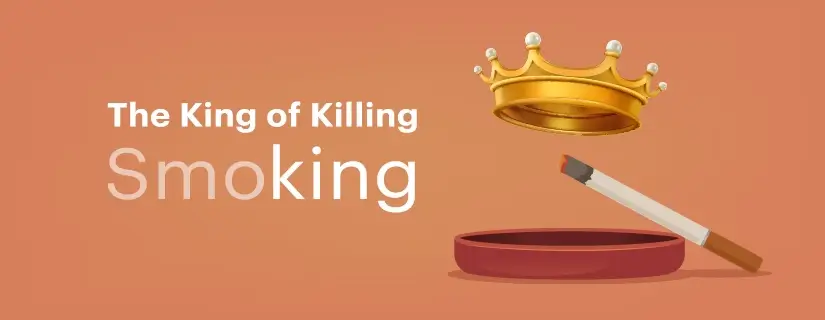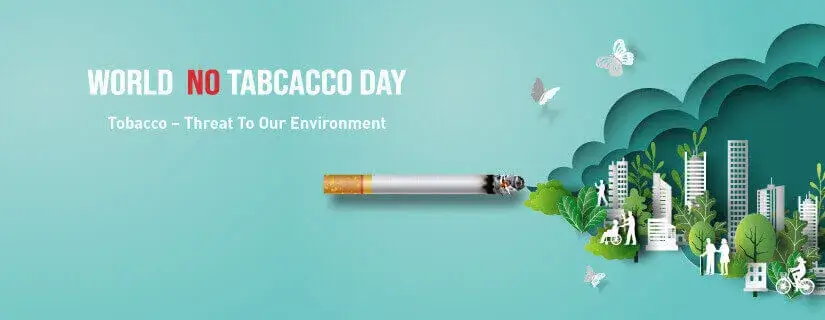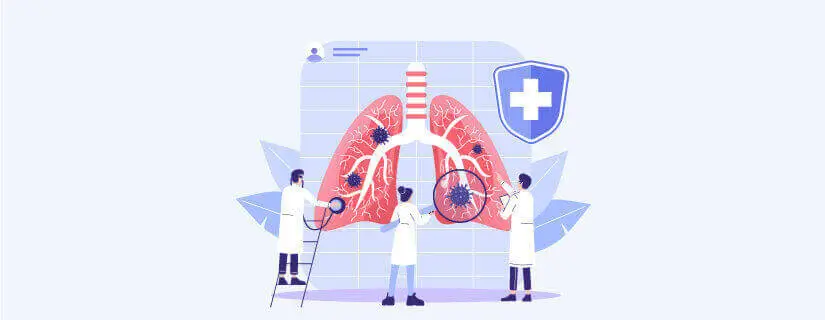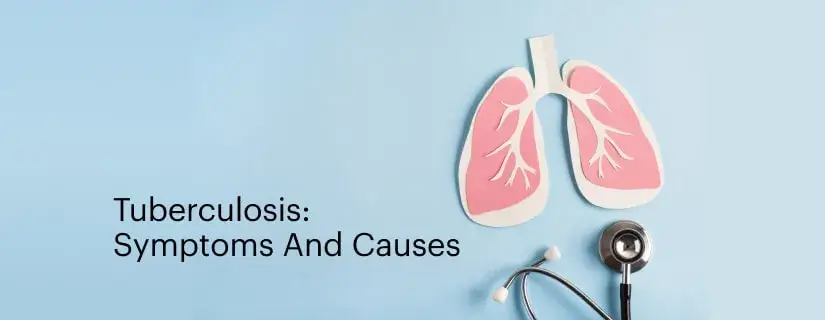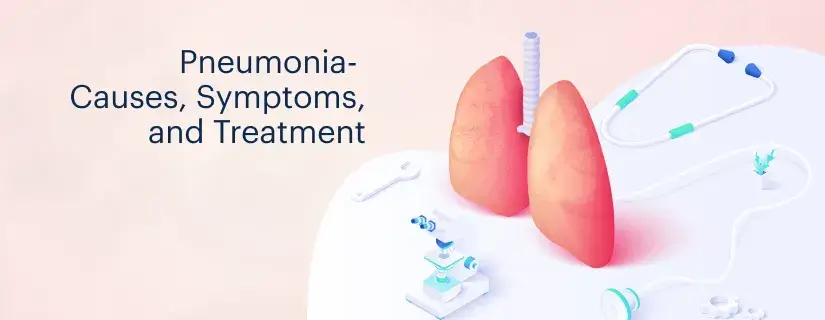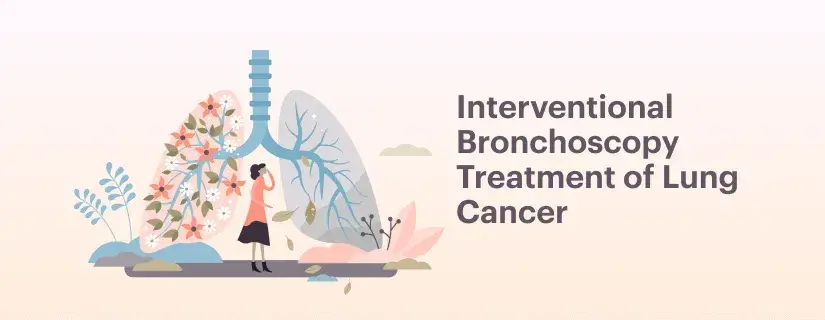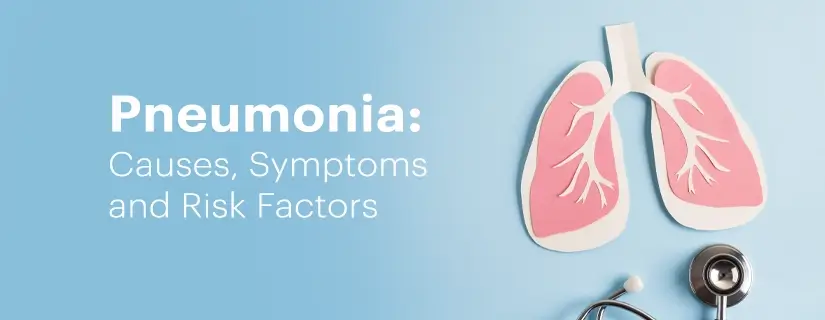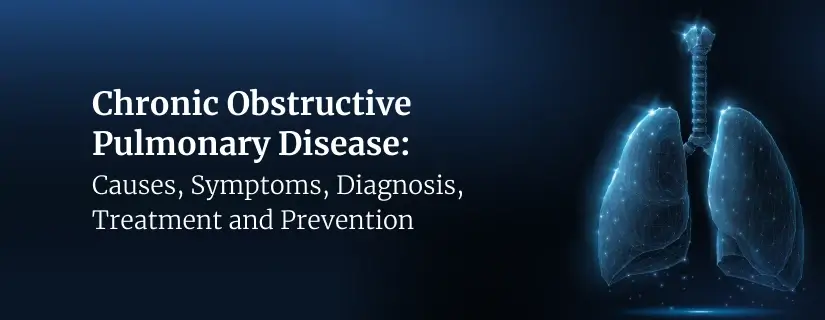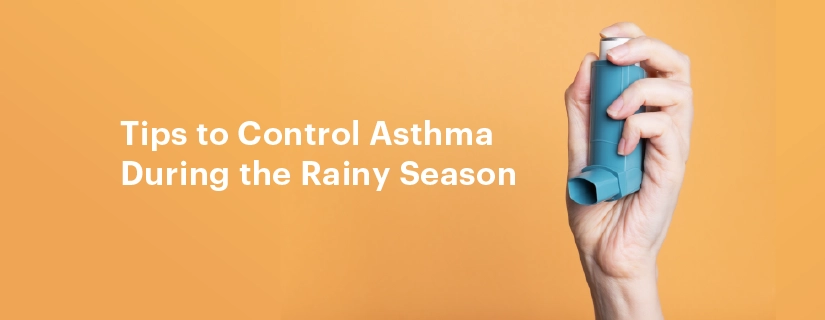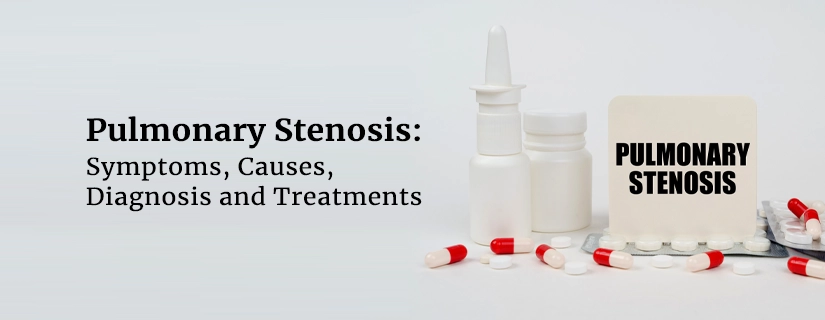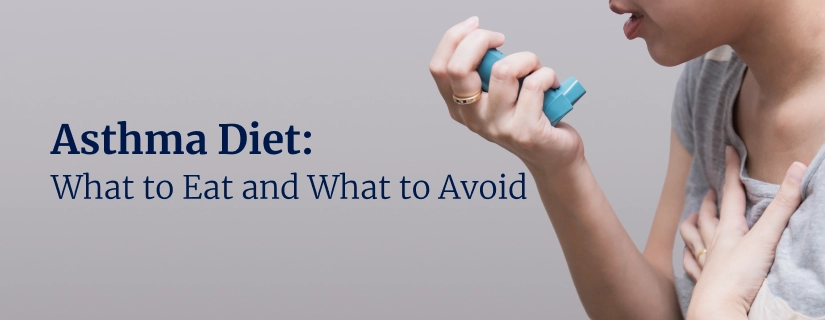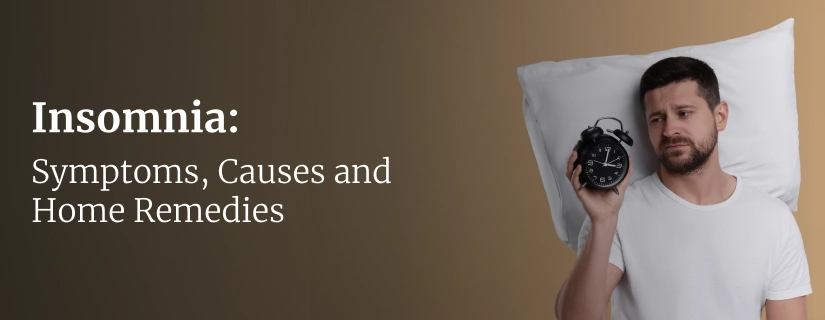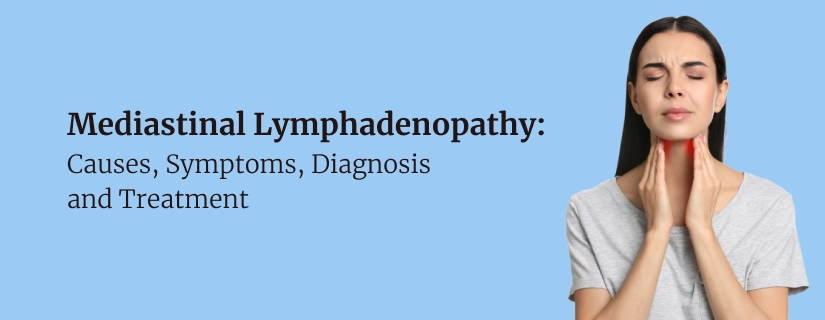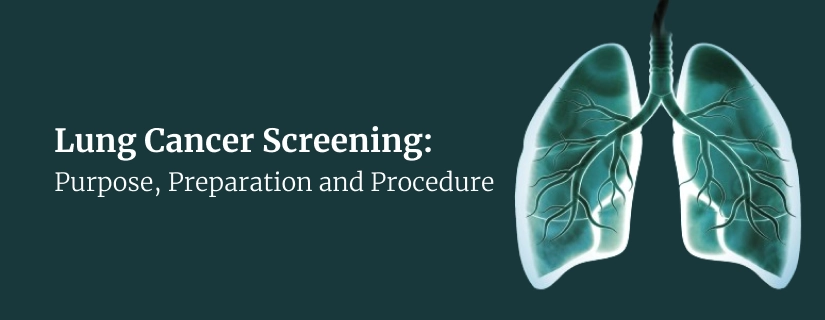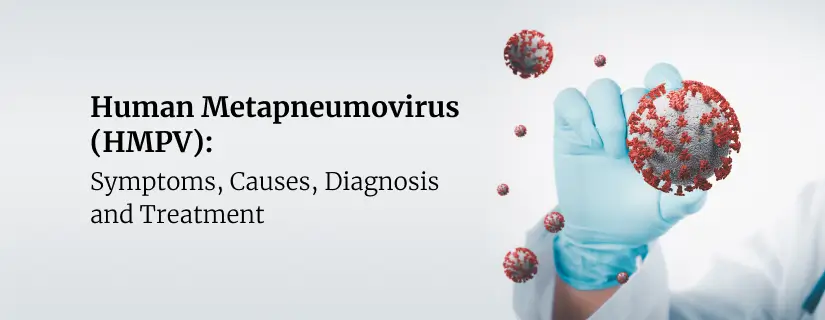-
Doctors
-
Specialities & Treatments
Centre of Excellence
Specialties
Treatments and Procedures
Hospitals & Directions HyderabadCARE Hospitals, Banjara Hills CARE Outpatient Centre, Banjara Hills CARE Hospitals, HITEC City CARE Hospitals, Nampally Gurunanak CARE Hospitals, Musheerabad CARE Hospitals Outpatient Centre, HITEC City CARE Hospitals, Malakpet
HyderabadCARE Hospitals, Banjara Hills CARE Outpatient Centre, Banjara Hills CARE Hospitals, HITEC City CARE Hospitals, Nampally Gurunanak CARE Hospitals, Musheerabad CARE Hospitals Outpatient Centre, HITEC City CARE Hospitals, Malakpet Raipur
Raipur
 Bhubaneswar
Bhubaneswar Visakhapatnam
Visakhapatnam
 Nagpur
Nagpur
 Indore
Indore
 Chh. Sambhajinagar
Chh. SambhajinagarClinics & Medical Centers
Book an AppointmentContact Us
Online Lab Reports
Book an Appointment
Consult Super-Specialist Doctors at CARE Hospitals
Tobacco: The leading cause of preventable death
Updated on 12 June 2019

Table of Content
Tobacco is the leading cause of preventable death. To elucidate to the general public the potential threats associated with tobacco use and dissuade them from using the same, ‘’World No Tobacco Day’’ is observed on the 31st of May every year. The purpose is to prevent the development of consequent health hazards from spreading among individuals and society at large. The leading cause of preventable death includes smoking tobacco in the form of cigarettes, pipes, hookahs, bidis, etc. Besides being detrimental to the lungs, such practices are also ascribed to large-scale ill-health globally. According to WHO, about 20% of the entire population consists of smokers worldwide. Every 6 seconds, one person is believed to die from a tobacco-related illness.
Why do people Smoke?
The nicotine present in tobacco, when burnt and inhaled by the smoker gets absorbed into the body. Giving a sudden buzz or kick, it leads to brain stimulation and ultimately addiction. Smoking is the leading cause of preventable death and also smoke contains about 5000 odd toxic chemicals that can have adverse effects on the body when deposited, such as cancers of the mouth, lung, stomach, tongue, throat, bladder and pancreas, etc. Amongst the various respiratory diseases that can result include asthma, COPD, pneumonia, and pulmonary fibrosis. Vascular diseases such as strokes, heart attacks, hypertension, and gangrene are also common among extreme smokers. Bone weakness, skin wrinkling, gastric ulcers, muscle pain, dental diseases, psychotic problems, impotency in males and miscarriages in pregnant women are some other problems associated with smoking.
What is Second-Hand Smoke?
With indirect inhalation i.e. from smoking in public spaces and smoking in homes by family members or others, the risk of being negatively affected remains the same. Therefore, a smoker is not only harming his own body but also causing significant harm to others around him. Studies reveal that women married to smokers have a 25% increased risk of developing harmful effects associated with smoking than those married to non-smokers. Even kids of smoking parents have a high risk of developing respiratory infections such as pneumonia, asthma and lung cancers, etc. Talking of pregnant women are exposed to smoke, they have a high risk of miscarriages and often deliver babies with congenital anomalies and low birth weights.
How to Quit Smoking?
Although you might face restlessness and crave smoke for weeks, a strong will is all that is required to quit smoking. You ought to introspect on your future health and the risk you are posing to family, friends, and society in general. If you lack the determination to do so, seeking help from a doctor can help. Besides proper counseling, doctors would also give medicines to prevent the craving for smoking.
According to Dr T.L.N Swamy, Consultant HOD of Pulmonology, CARE Hospitals, one can appreciate the benefits of stopping smoking treatment almost instantly. The BP is stabilized 20 minutes post stopping cigarettes smoking, the heart rate becomes normal, oxygen levels improve within 24 hours, taste and smell get better within 48 hours, cough and chest congestion improves within a month, and the risk of developing heart disease reduces to half in a year, stroke risk disappears within 5 years, cancer risk is diminished by half in 10 years and the risk of death due to smoking-related diseases disappears in 15 years. Given the risks associated, it’s never too late to quit smoking.

ENQUIRY FORM
SELECT CATEGORIES
-
Neurosciences (16)
-
Neurology (37)
-
Neurosurgery (14)
-
Orthopaedics (48)
-
Oncology (33)
-
Obstetrics and gynecology (51)
-
Pulmonology (23)
-
Urology (20)
-
Nephrology (13)
-
Psychiatry (7)
-
Dietetics and Nutrition (111)
-
General Medicine (63)
-
Cardiac Sciences (30)
-
Vascular & Endovascular Surgery and Interventional Radiology (10)
-
Gastroenterology (46)
-
Endocrinology (23)
-
Plastic Surgery (10)
-
Critical Care Medicine (5)
-
COVID-19 (16)
-
Dermatology (16)
-
Emergency Care (1)
-
Ophthalmology (4)
-
Pediatrics (14)
-
Laparoscopic and Bariatric Surgery (8)
-
ENT (15)
-
Kidney Transplant (1)
-
Liver Transplantation and Hepatobiliary Surgery (5)
-
General Surgery (3)
-
Internal Medicine (5)
-
Medicine Information
Lung Diseases in Children - Causes, Types and Treatment Options
YOU MAY ALSO LIKE
RECENT BLOGS
-

Direct Anterior Approach in Total Hip Replacement: Advantages and Challenges
10 April 2025
Read More
-
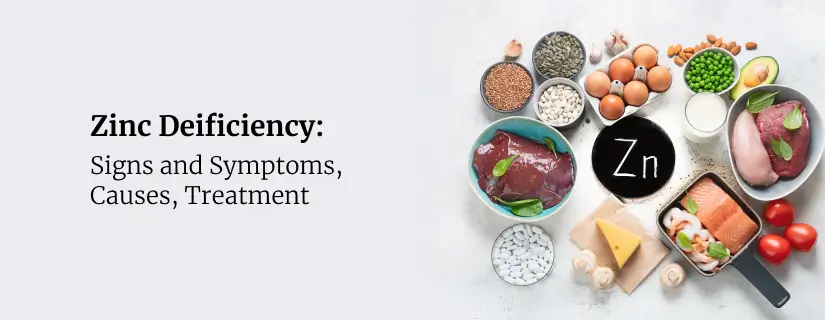
Zinc Deficiency: Signs and Symptoms, Causes, Treatment
9 April 2025
Read More
-
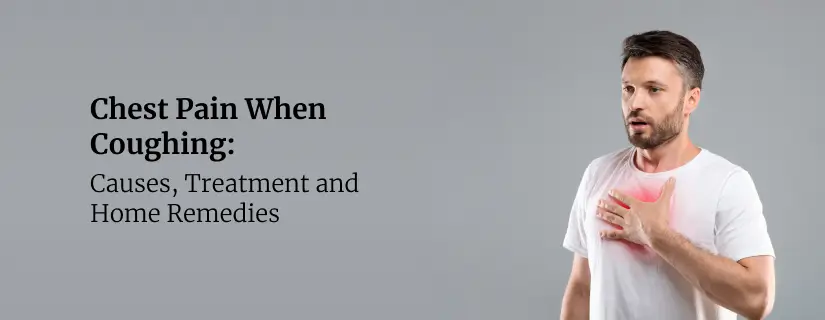
Chest Pain When Coughing: Causes, Treatment and Home Remedies
9 April 2025
Read More
-

12 Health Benefits of Eating Mushrooms
8 April 2025
Read More
-

7 Health Benefits of Blood Donation You Should Know About
8 April 2025
Read More
-

Implantation Bleeding Vs Periods: Know the Difference
28 February 2025
Read More
-

Bloating During Ovulation: Symptoms, Causes and Remedies
28 February 2025
Read More
-
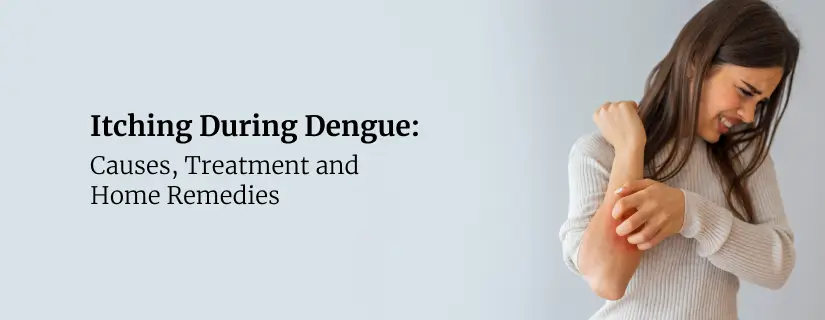
Itching During Dengue: Causes, Treatment and Home Remedies
18 February 2025
Read More
Have a Question?
If you cannot find answers to your queries, please fill out the enquiry form or call the number below. We will contact you shortly.


